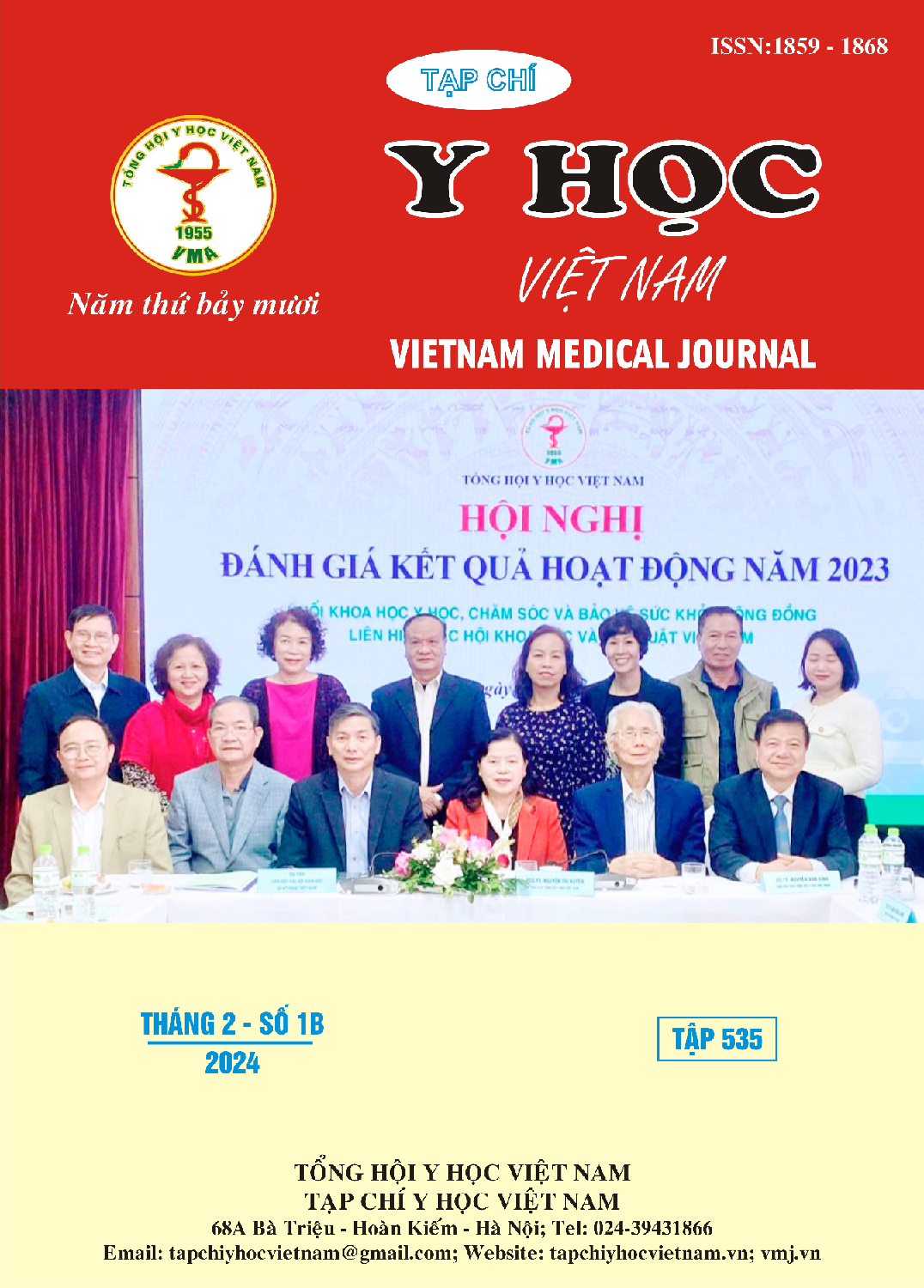FACTORS AFFECTING THE COMPLIANCE WITH SURGERY SITE INFECTION PREVENTION AMONG HEALTH WORKERS WORKING IN 19-8 HOSPITAL Objectives: To explore some factors
Main Article Content
Abstract
Objectives: To explore some factors affecting the compliance with surgical site infection prevention (SSI) among health workers at 19-8 Hospital in the period 2018-2021. Materials and Method: A qualitative research was performed on 04 in-depth interviews and 04 focus group discussions, applying an inductive approach to the manifest content on context. Results and Conclusion: This study provides insight for further understanding of the factors that positively affect the compliance with SSI prevention activities of healthcare workers including training activities, procedures and regulations on guidance on infection control, infection control supervision, and hospital leaders’direct engagement. Some factors that adversely affect infection control efforts include equipment and facilities, and professional error reporting process in the hospital.
Article Details
Keywords
: surgical site infections, health workers, 19-8 hospital.
References
2. Berman LR, Lang A, Gelana B, et al. Current practices and evaluation of barriers and facilitators to surgical site infection prevention measures in Jimma, Ethiopia. Antimicrobial Stewardship & Healthcare Epidemiology. 2021;1(1): e51. doi:10.1017/ash.2021.227
3. World Health Organization. Global Guidelines for the Prevention of Surgical Site Infection. 2nd ed. World Health Organization; 2018.
4. Qasem MN, Hweidi IM. Jordanian Nurses’ Knowledge of Preventing Surgical Site Infections in Acute Care Settings. Open Journal of Nursing. 2017;7(5):561-582. doi:10.4236/ojn.2017.75043
5. Bộ Y tế. Quyết định 3671/QĐ-BYT về Hướng dẫn phòng ngừa nhiễm khuẩn vết mổ. Published online 2012.
6. Elo S, Kyngäs H. The qualitative content analysis process. J Adv Nurs. 2008; 62(1):107-115. doi:10.1111/j.1365-2648.2007.04569.x
7. Nguyễn Hằng Nguyệt Vân, Nguyễn Thái Hưng, Nguyễn Thị Hoài Thu, Dương Minh Đức. Đánh giá kiến thức và thực hành phòng chống nhiễm khuẩn vết mổ của cán bộ y tế tại Bệnh viện 19.8 năm 2017. Tạp chí Khoa học Nghiên cứu Sức khoẻ và Phát triển. 2019;03(01): 94-101.
8. Nam NP, Hương LTT. The compliance of routine hand hygiene among nurses and midwives at Tra Vinh Hospital of Obstetrics, Gynecology and Pediatrics in 2020 and associated factors. YHCĐ. 2021;62(2 (2021)). doi:10.52163/yhc.v62i2
9. Bộ Y tế. Thông tư 16/2018/TT-BYT quy định về kiểm soát nhiễm khuẩn trong cơ sở khám bệnh chữa bệnh mới nhất. Published online 2018. https://thuvienphapluat.vn/van-ban/The-thao-Y-te/Thong-tu-16-2018-TT-BYT-quy-dinh-ve-kiem-soat-nhiem-khuan-trong-co-so-kham-benh-chua-benh-389675.aspx
10. Flodgren G, Eccles MP, Shepperd S, Scott A, Parmelli E, Beyer FR. An overview of reviews evaluating the effectiveness of financial incentives in changing healthcare professional behaviours and patient outcomes. Cochrane Effective Practice and Organisation of Care Group, ed. Cochrane Database of Systematic Reviews. Published online 2011. doi:10.1002/14651858.CD009255


